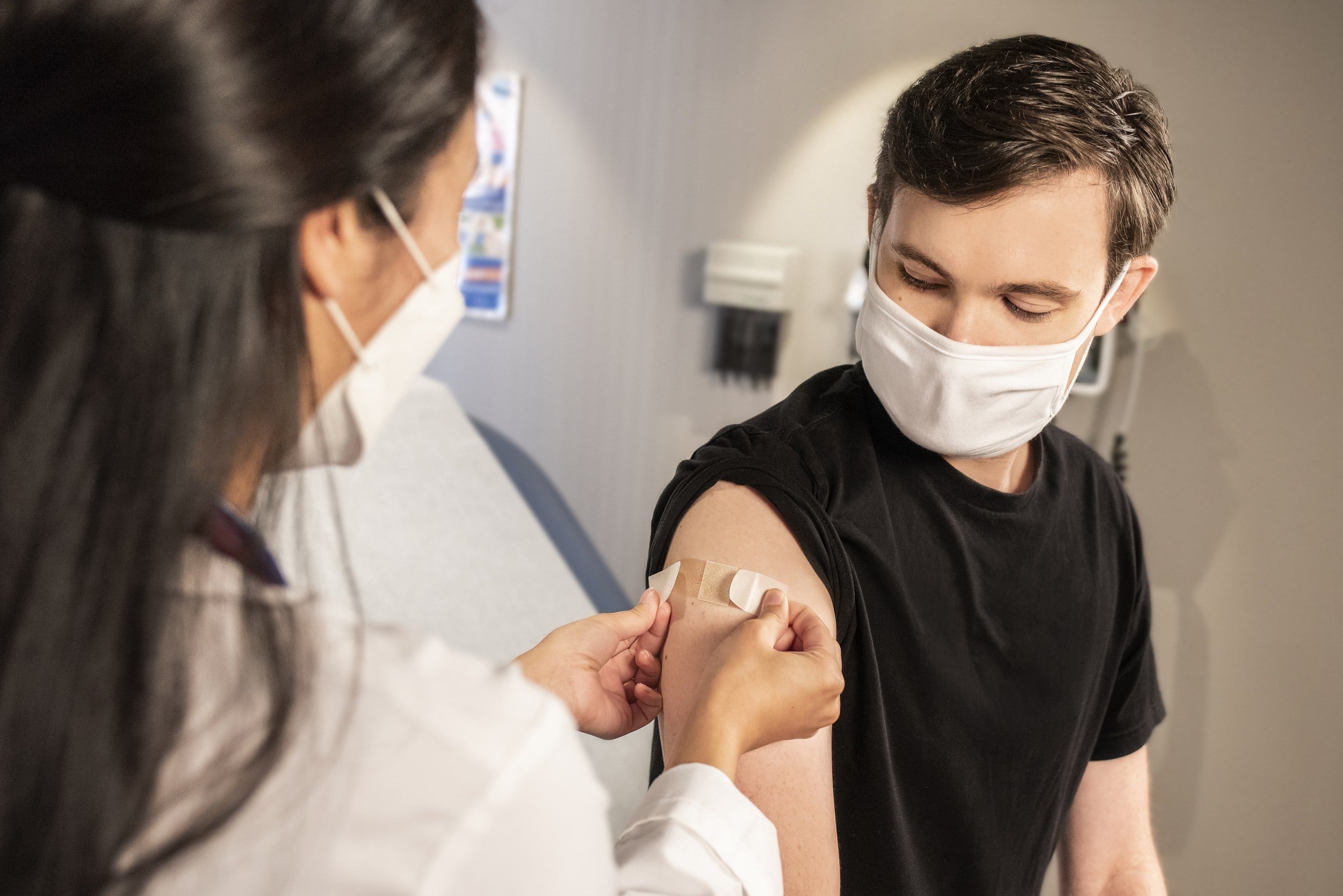How Multiple Urgent Care Locations Build Brand Loyalty for Hospital Systems
Adding walk-in clinics can expand your brand and improve your patient experience. More than one clinic, with locations strategically placed throughout your region, can boost brand loyalty for your hospital system and better serve your patients.
Convenience is more important than ever for your consumers. When you make managing their healthcare needs easier with urgent care clinics, you build brand loyalty. Depending on the size of your footprint, one clinic may not be enough to provide your patient base with the convenience they want. Multiple clinic locations can help bring your patients the convenience they desire.
How should you choose your clinic locations? Convenience and foot traffic are key.
“Urgent cares typically don’t do well in rural settings because foot traffic is huge,” says Misti Bowers, RN, BSN, MSN, COO of Noon Health. “You want urgent cares where people have to go everyday. You have to get groceries; you have to get gas … you want a visible and high traffic area near those types of things.”
You’ll want to consider how convenient parking is, as well as any signage restrictions. Your goal is to have your clinics in front of as many people as possible so they can become your patients.
“You want your clinics where people live and near other medical office space so you’re seen as a consistent brand in the space. You also need the access and convenience of the hospital in case someone does need to go to the ER,” Bowers says.
In addition to considering the proximity of your emergency room locations, think about the data you have access to that may help pinpoint target areas, like where your patients live and work.
“Clinics help hospitals reach a higher volume,” Bowers says. “More locations distribute you within the community more broadly. Demographic info can help you determine not only high traffic, but high commuter traffic areas to make your clinics convenient and visible at the right place at the right time so you capture patients.”
Stats and demographics you may want to consider for your location decisions include population density, population number, average ages and other urgent care locations outside your brand, to name a few. Pediatric offices, primary care and physical therapy clinics make great neighbors or co-tenants for your clinics.
The more clinics -- the more options patients have to access high-level care and the less pressure on your emergency department, as your patients can select the best option for them.
Patients are likely to choose a brand they’re familiar with, whether they need an urgent care appointment, an ER visit or another procedure. When you make it easy for them to fill their healthcare needs under one umbrella, you grow their loyalty to your hospital system.
Ready to launch your urgent care strategy? Noon Health has the expertise to support you every step of the way. Contact us.

